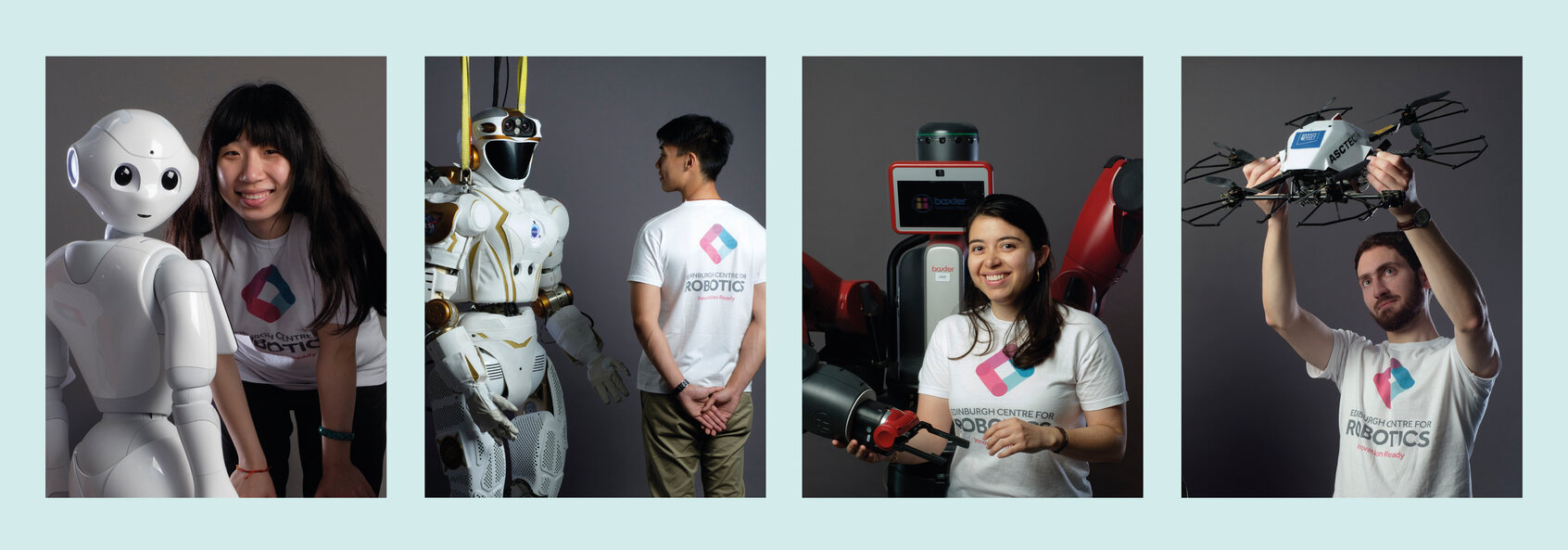Abstract: Tangible User Interfaces allow users to manipulate physical artefacts as a method for interacting with computing devices. These are usually input or output only; in this work, we explore how shape-changing interfaces enable co-located input and output allowing the computer to directly influence the physical world. We use these novel user interfaces to bring virtual information back into the physical world where we can complement our visual interpretations with tactile explorations. This talk will describe a range of projects that aim to address the physical-digital divide through shape-changing interfaces---those that can physically mutate their form to
Better represent digital content, provide an additional information channel, and facilitate tangible interaction.
Bio: Jason Alexander is a Senior Lecturer in the School of Computing and Communications at Lancaster University. He is currently on sabbatical and is a SICSA Distinguished Visiting Fellow. He has a BSc(Hons) and PhD in Computer Science from the University of Canterbury in New Zealand and was previously a post-doctoral researcher at the University of Bristol. His research is broadly in Human-Computer Interaction, with a particular interest in developing novel interactive systems to bridge the physical-digital divide. His recent work focuses on the development of shape-changing interfaces—surfaces that can dynamically change their geometry based on digital content. He also has interests in data physicalization, digital fabrication, and novel haptic interaction techniques.

